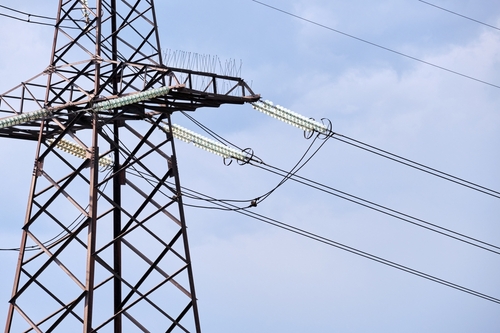NARUC report: A call to action for bolstering nation’s interregional transmission infrastructure

A newly released report from the National Association of Regulatory Utility Commissioners (NARUC) says that the United States must take steps to build up its interregional transmission infrastructure to prepare for the massive transformation in its electricity system.
The 54-page report, Collaborative Enhancements to Unlock Interregional Transmission, concludes that steps should be taken to identify beneficial interregional transmission through planning, allow those projects to be evaluated and accurately valued during the permitting process, and operate those projects to maximize system benefits when put into service.
“The consequences of not taking these steps could mean the development and operation of a more expensive grid (on both the generation and transmission side), increased frequency of reliability events, and the introduction of disruptive solutions, such as federal preemption, that limit states’ ability to advocate for transmission that fits their specific needs and priorities,” the report says.
Following a decade of relatively flat electric loads nationwide, expectations for load growth have surged, according to NARUC, which attributes the growth to electrification trends, expanding industrial development, and rising demand from data centers.
At the same time, the aging fossil-fueled generator fleet is nearing retirement, spurred by clean energy and carbon reduction goals at both the state and federal levels.
“Public utility commissions recognize the critical importance of proactively planning our electricity infrastructure to meet evolving demands,” said Andrew French, chairman of the Kansas Corporation Commission and a contributor to the report. “As our existing grid is forced to respond and adapt to emerging needs, regulators are increasingly interested in assessing how new interregional transmission infrastructure can drive value for customers.”
The report, French said, provides public utility commissions (PUCs) with a timely assessment of the barriers that are preventing robust interregional transmission planning, including those in planning, permitting, and operational frameworks. It also offers potential solutions for regulators and other stakeholders to consider, he added.
“By identifying practical solutions to enhance interregional transmission capabilities within our jurisdiction and influence as state regulators, the report equips us with essential strategies to ensure reliable and efficient electricity delivery across jurisdictions,” said French.
More progress must be made in constructing interregional transmission projects because they’re essential for efficiently integrating renewable energy sources and balancing electricity supply across regions, the report says.
“Robust regional and interregional transmission planning is critical to providing affordable and reliable energy for communities across the country,” said Maria Robinson, director of the U.S. Department of Energy Grid Deployment Office, which helped support the report.
“Public utility commissions need practical solutions for identifying crucial interregional transmission projects to ensure power gets from where it’s generated to where it’s needed most when it’s needed most,” she said.
Robinson also pointed out that partnerships at the federal, state, and local levels are needed to meet the “shared goal” of a more reliable and affordable grid that can better handle aging infrastructure, extreme weather, and a changing energy landscape.
For instance, among the report’s solutions is one to foster a flexible framework that accommodates regional nuances to address the existing and to-be-identified barriers.
Such “actionable approaches” could enhance the likelihood of successful interregional transmission project development, according to Danielle Sass Byrnett, senior director of the NARUC Center for Partnerships & Innovation.
“These potential solutions are designed to be adapted, accommodating regional differences while capturing more of the benefits of enhanced transmission capacity for all participating systems,” Byrnett said.
The report is supported through a cooperative agreement with the Department of Energy Grid Deployment Office and was developed in collaboration with stakeholders from state governments, federal agencies, and planning regions.
